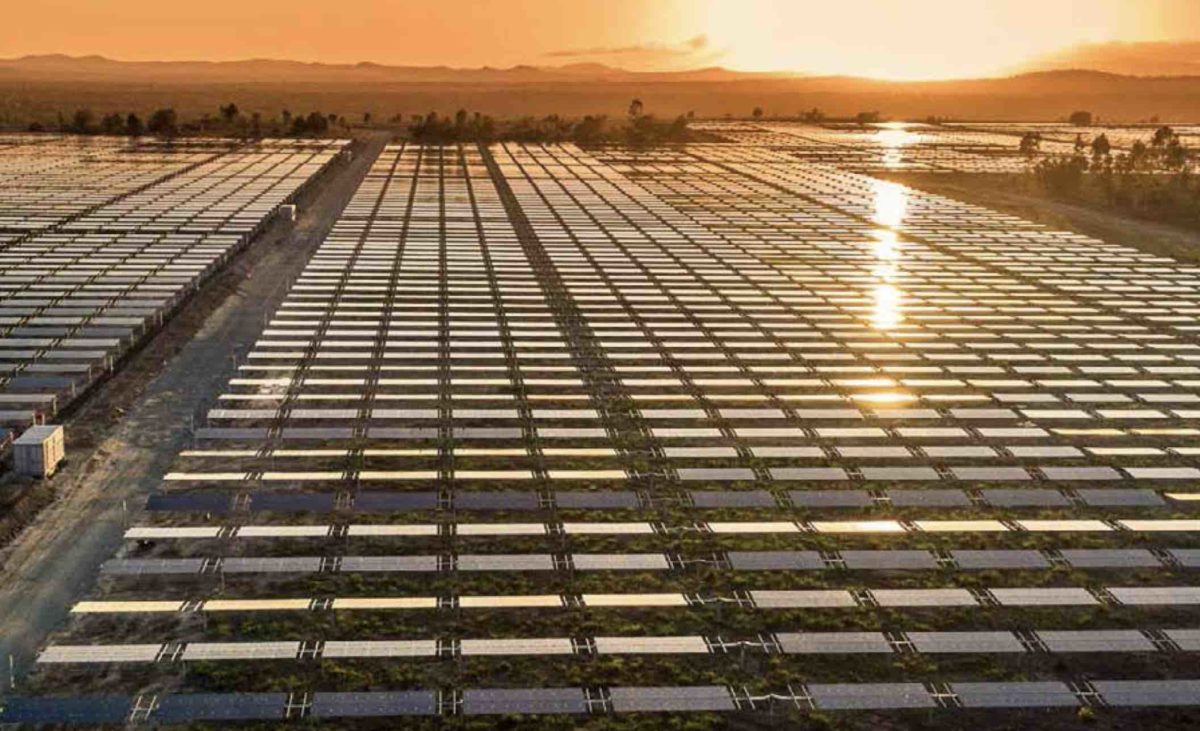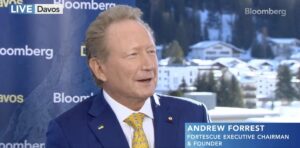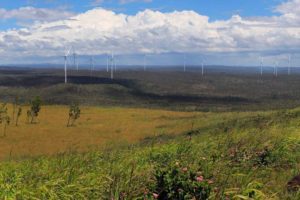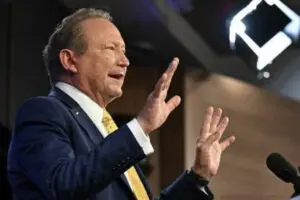It is perhaps of deep significance that Senator Matt Canavan, the former resources minister often mocked for his coal miner cosplay on Twitter, now describes and pictures himself on that social media platform as merely “soccer dad.”
Good for him. It’s an unimpeachable claim that it is to be admired, unlike his repeated insistence that Australia should build new coal generators. He appears to have dropped that idea and instead gone the way of so many other coal advocates, and switched his allegiance to nuclear.
Today I will introduce legislation to remove the ban on nuclear energy.
With 9 Senators co-sponsoring the Bill, it is the largest Parliamentary support for removing the ban ever.
It is time to join the rest of the world and treat nuclear energy as a safe and effective option.
— Soccer Dad Matt Canavan (@mattjcan) September 27, 2022
Fortunately, Australia state and federal governments, its market operators and regulators, and the industry itself have a better grip on the reality of the green energy transition. Even Queensland, the state seen as the last hold out for the coal power industry, has now effectively mapped out its exit in just 13 years.
The pace at which the defense of coal is falling by the wayside is quite extraordinary. Even if some in the federal government still mutter about the need for coal to power the grid “for decades to come”, it is not clear who they are trying to convince.
Coal closures are accelerating
South Australia dumped coal more than six years ago, and W.A. is closing all its state owned coal generators in a few years.
Victoria has signed a deal to close one of its remaining three coal generators, and knows the other two must follow soon. NSW – with the biggest coal fleet – is planning for the closure of its remaining plants within a decade.
Queensland, where it used to be a risky place for an energy company executive to forecast the end of coal, is now on board.
Listen to the latest Energy Insiders Podcast with Queensland energy minister Mick de Brenni
And it is clear that everyone – with the exception of the previously named proud soccer dad – is on board, and that includes the unions, the environmentalists, the investors, the big energy users, the utilities, and now finally and most publicly, the state government.
It is only a year ago that the Queensland generators were grimly hanging on to their closure dates, and the Stanwell CEO was forced to resign after daring to forecast the very scenario the state government is outlining this week.
A month after the departure of Stanwell Richard van Breda, the state energy minister Mick de Brenni was announcing that the Callide C coal turbine that had exploded – and nearly caused a state-wide blackout – would be rebuilt.
Now, some of those generators are going to be closed within a decade, progressively being transformed into clean energy hubs as they go through phases of providing only peaking power, and then offer their machines in the role of synchronous condensers, spinning without burning coal.
Privately owned coal plants won’t be needed
Only the state’s youngest – and the country’s biggest – single coal unit, the Kogan Creek coal fired generator, will be operating up to 2034/35, under the indicative timetable. The government makes clear that the privately owned generators – including Milmerran – won’t be needed beyond 2035.
The government is confident of this because it plans to build two huge pumped hydro power stations, including the world’s biggest, in terms of raw capacity (5GW and 24 hours storage) at Burdekin-Pioneer, and another 2GW and 24 hour storage facility at Borumba Dam.
The Queensland government is apparently not buying the trend elsewhere in the grid of using grid forming inverters, insisting – according to its blueprint – that “system strength” must come from spinning machines.
The wisdom of that call will be judged further down the track, but in a state that loves big things, and talks a lot about big dams, the push for pumped hydro is at least good politics.
Andrew Forrest’s hydrogen play
The other key parts of the strategy are an attempt to encourage a domestic manufacturing industry, something that will likely be helped along by Andrew Forrest’s plans to start making electrolysers at the Gladstone clean energy manufacturing hub. He also wants to make solar panels and components for wind turbines.

Forrest is likely to have been an influential figure on Queensland government decisions, having made multiple visits and announced multiple investments. He has been a particularly strong force on the prospects of green hydrogen, and the government blueprint notes predicts “infinite solar resources” west of the dividing range.
But it’s not only Forrest. The state’s two biggest energy consumers – the Boyne Island smelter and the Sun Metals zinc refinery – have made it clear they don’t want to power their facilities with coal, they want to power them with 100 per cent renewables.
And then there was the market operator, AEMO, with its Integrated System Plan, pointing to exactly the scenario that the government has now embraced.
When the biggest customers tell you that the grid has to change, and the smaller households have the biggest uptake of rooftop solar in the world, the market operator is calling for change and every other aspiring developer is mapping out huge projects across the state, then the die is set. No matter what Matt Canavan says.











